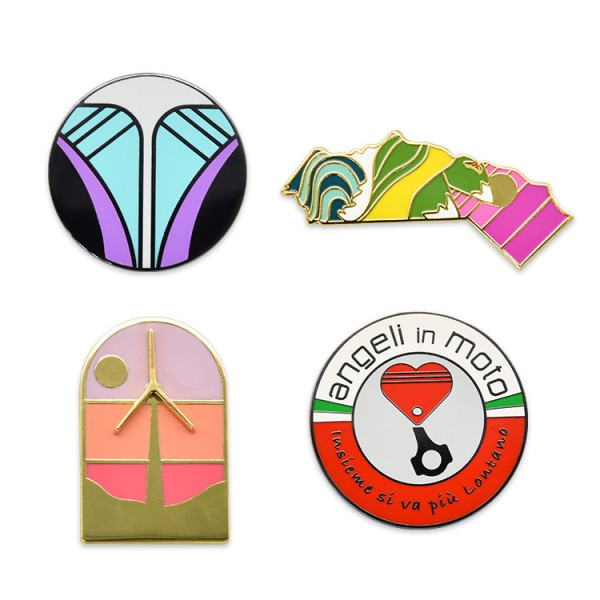It is a common tool for fixing objects, dating back to prehistoric times. Here is an overview of the origin and history of pins:
[Pins in prehistoric times]
The origin of pins dates back to prehistoric times when people used them to hold clothing in place. The earliest pins were probably made of bone, stone, or wood.
1. Bone pins: Pins made of animal bones are often found in archaeological finds from prehistoric times. These pins are often used to secure hides or other materials to be made into clothing or ornaments.
2. Bronze Age: With the development of metal working technology, bronze pins became common in the Bronze Age. These pins are usually finer and more durable.
【 Pins in Ancient civilizations 】
Ancient Egypt, Greece, and Rome: Pins were widely used in these ancient civilizations, not only as a fixture of clothing, but also as ornaments and status symbols.
Middle Ages: In the Middle Ages, pins became more diverse and were used to hold capes, cloaks, and other clothing. At the same time, the pin was also a sign for knights and nobles to show their identity and status.
【 Modern pin 】
● Industrial Revolution: With the development of the Industrial Revolution, the production of pins became more large-scale and standardized. Cheap metal pins became widespread, and they were widely used to hold clothing and accessories in place.
● Modern use: In modern times, the use of pins has been extended to many areas, such as badges, brooches, rank insignia, etc. In addition, pins are a popular accessory in the fashion world.
The pin is not only a practical tool, it also carries a certain cultural significance. In different historical periods and cultural backgrounds, the design and use of pins reflected the social customs, aesthetic concepts and technical levels of the time.
In general, although a pin is a small object, it has a long history and is closely related to the development of human civilization.
Post time: Sep-30-2024

